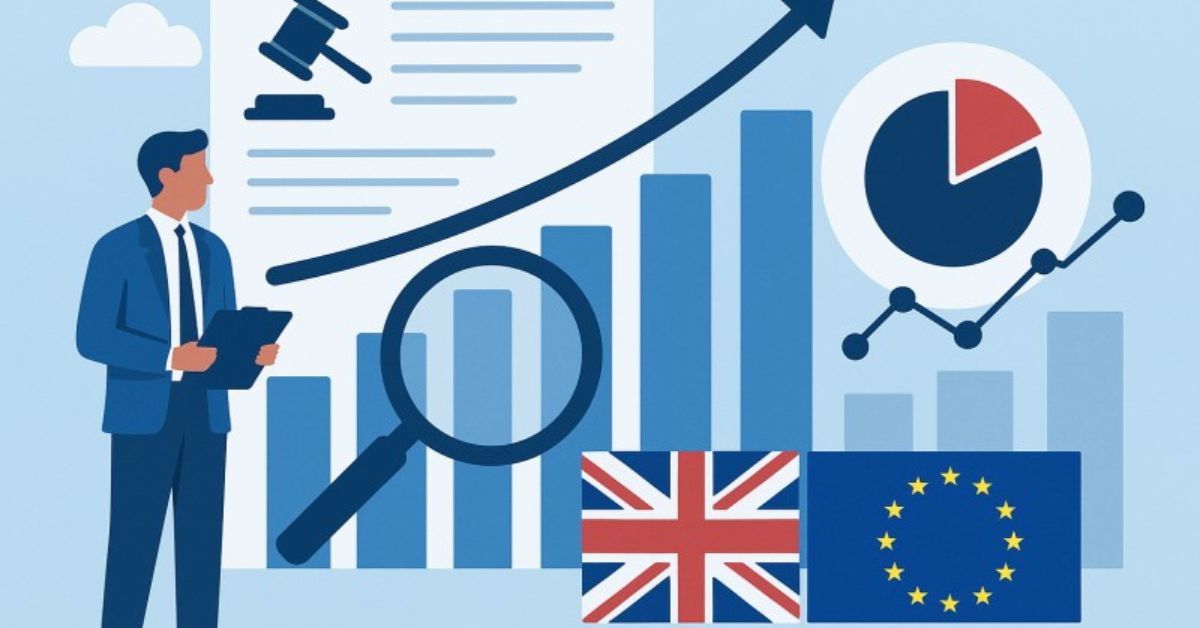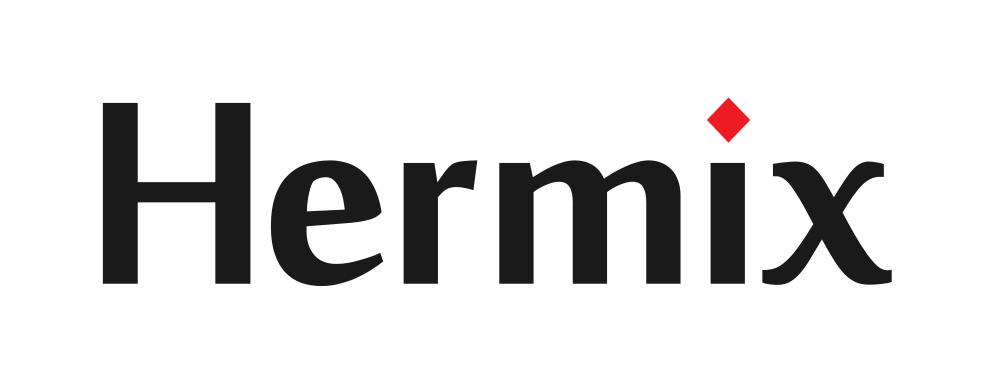
Public procurement represents one of the largest and most powerful levers in the European economy, accounting for approximately €2 trillion annually or 13.6% of the EU’s GDP. The scale, complexity, and strategic importance of this spending make it critical to understand current statistics, regulatory changes, and data trends. This article provides a 2025-level analysis of public procurement data across the EU and UK, incorporating the latest figures and policy developments to help suppliers, policymakers, and taxpayers understand how the system is evolving, what challenges it faces, and where the opportunities lie.
What is public procurement, and why does it matter in 2025?
Public procurement refers to the acquisition of goods and services by governments and state-owned enterprises. It fuels infrastructure, social care, health, education, and defense across the public sector. As of 2025, it represents a fundamental driver of GDP, supports thousands of enterprises, and underpins service delivery for over 450 million EU citizens.
A well-functioning government procurement system is about value for money, efficiency, transparency, and achieving policy outcomes including digital transformation, environmental sustainability, and social value.
With the European Commission estimating that public procurement is responsible for 11% of the EU’s greenhouse gas emissions, procurement decisions now carry climate and equity weight.
How much is spent on public procurement across the EU and UK?
Public spending across the EU has reached an estimated €2 trillion annually, or 13.6% of the region’s GDP. In the UK, the 2025/26 budget forecasts £1335 billion in total public expenditure, with public procurement making up roughly one-third of this total. Social protection (£379B), health (£277B), and education (£146B) dominate procurement-driven spending.
Procurement spending in the UK is growing by around 10% in 2024/25, driven by efforts to digitize procurement processes and modernize public service delivery. These figures make the UK public sector one of the largest spenders in Europe on goods and services.
What sources provide reliable public procurement data in 2025?
Procurement data has never been more accessible. In the EU, the Public Procurement Data Space (PPDS), launched in September 2024, connects national portals and databases into a federated structure. It will be fully operational in 2025, offering unprecedented granularity and transparency.In the UK, dedicated platforms (such as Hermix) aggregate procurement notices, tender data, supplier records, and public expenditure details. These sources allow suppliers and analysts to track procurement statistics, identify patterns, and understand government contracts across sectors.
What is the role of SMEs in public procurement today?
Small and medium-sized enterprises (SMEs) are essential contributors to procurement diversity and innovation. However, barriers remain. As of 2023, only 20% of UK direct procurement spending went to SMEs, even though small and medium-sized businesses represent over 99% of UK businesses.
The UK’s Procurement Act 2023, in force since February 2025, includes procedural simplifications aimed at increasing SME participation. These include reduced documentation, faster feedback, and obligations for contracting buyers to level the playing field.
While public procurement systems across the EU are being reformed to better support SMEs and newcomers, tools like Hermix are already helping level the playing field. By offering granular visibility into which public buyers are buying what, from whom, and at what price, Hermix arms smaller suppliers with the intelligence typically reserved for major incumbents. This not only increases transparency, but helps small and medium-sized enterprises target tenders more strategically and build long-term relationships with contracting buyers.
How has defense spending reshaped public procurement priorities?
Defense procurement has exploded in 2025. Poland leads NATO spending as a percentage of GDP, reaching 4.7% in 2025. Germany has approved legislation creating a €500 billion defense and infrastructure fund. France targets 3.5% of GDP for defense, translating to €59.6 billion in 2024.
This surge in defense-related procurement is reshaping the procurement landscape. Collaborative purchasing, defense-industrial strategy alignment, and regional supply chain development are top priorities for public buyers across the EU.
What trends are shaping digital transformation in procurement?
Procurement is undergoing a digital revolution. In 2025, standardization of electronic tender forms, cross-border database interoperability, and automation of compliance checks are transforming the procurement process.
AI-powered procurement platforms are improving data analysis, supplier risk management, and process after bid submission. Blockchain is being piloted in smart contracts, and governments are increasingly investing in digital dashboards to improve stakeholder engagement and reduce the length of the process.
Platforms like Hermix are setting a new benchmark for how procurement data can be used strategically. As an AI-powered analytics platform tailored to the public sector, Hermix enables suppliers and procurement teams to interpret complex datasets, uncover contracting patterns, and identify opportunities before the tender is even published. By integrating procurement data from multiple sources, Hermix helps companies to stop reacting and start predicting, making public procurement smarter, faster, and far more proactive.
How are green and sustainable procurement goals being enforced?
Green Public Procurement (GPP) is gaining regulatory teeth. With procurement contributing 11% of EU emissions, environmental criteria are becoming mandatory across many contracts. The European Structural and Investment Funds (ESIF) – worth €90 billion annually – now actively support GPP adoption.
New EU directives propose that by 2030, 50% of procurement budgets be spent on EU-produced equipment, rising to 60% by 2035. Member states are setting mandatory GPP quotas, especially in sectors like construction, transport, and energy.
What regulatory reforms are shaping procurement in 2025?
The European Commission closed a public consultation on procurement directives in March 2025. A full legislative overhaul is expected in 2026. Reform goals include simplifying procedures, improving SME access, increasing transparency, and aligning procurement rules with EU industrial and green goals.
In the UK, the Procurement Act 2023 introduces more flexible procedures, mandatory transparency rules, and streamlined compliance. It also encourages social value and broader participation in public procurement processes.
What challenges does the public procurement sector face in 2025?
Challenges include:
- Declining competition: the EU Court of Auditors warns that reduced bidder diversity threatens value for money.
- Talent shortages: lack of procurement experts capable of evaluating complex, innovative tenders.
- Cross-border limitations: only 14% of EU tenders are won by foreign suppliers, indicating market fragmentation.
Corruption risks: despite gains in transparency, informal payments and gifts to secure government contracts persist in some regions.
Navigating fragmented procurement markets and inconsistent data remains a challenge in 2025. That’s where platforms like Hermix step in, bridging the gap between procurement theory and execution. By turning raw public data into actionable business intelligence, Hermix supports both public buyers and private suppliers in making informed decisions. For procurement teams looking to drive policy impact or for suppliers seeking to win more government contracts, Hermix offers the visibility and speed the modern procurement landscape demands.
How does public procurement support digital and social policy goals?
Public procurement is no longer just transactional. It’s strategic. Governments are using procurement to achieve digital transformation, sustainability, and inclusive economic growth. Social care tenders now include clauses for local employment. Construction tenders embed circular economy targets. ICT tenders include criteria for cyber-resilience and EU data sovereignty.
This shift positions procurement teams as policy enablers rather than just contract managers.
Summary: what to remember about public procurement in 2025
- Public procurement represents 13.6% of EU GDP and £1335B in UK spending.
- Defense and digital transformation are driving procurement expansion.
- The EU’s PPDS and the UK’s Contracts Finder are key data sources.
- Procurement is a lever for climate, social, and industrial policy.
- SME participation is improving but still below targets.
- Green procurement is becoming mandatory.
- Reforms in 2025/26 will simplify procedures and prioritize EU-made goods.
- Challenges remain: talent shortages, reduced competition, and corruption.
As the procurement landscape becomes more strategic and digitized, enterprises that understand procurement data and policy direction will have a competitive edge in the coming years.
